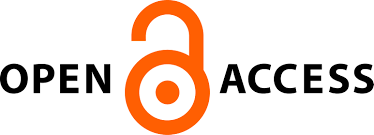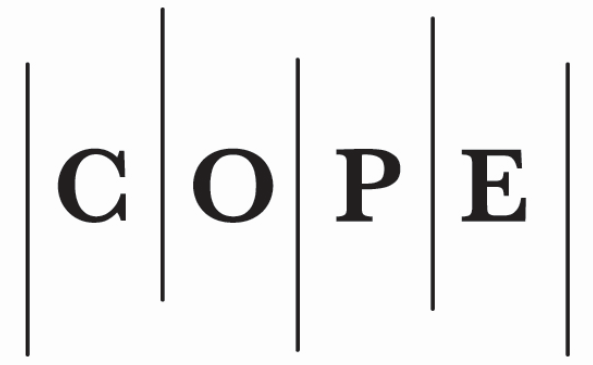Legal regulation on the arrangement and change of the stable objects in the landscape
##plugins.themes.bootstrap3.article.main##
Abstract
Landscape management is being characterised as the organization and environmental management of human activity carried out by means of territory planning measures used for the coordination of social, economic and ecologic interests as well as for the creation of harmonious cultural landscape. Basic landscape changes in Lithuania occurred while implementing land owning and homesteads rearrangement during the land reform. At present landscaping is being regulated by means of territorial planning documents and normative acts followed by institutions issuing permits to carry out construction works and the change of land use composition. In order to form the cultural rural landscape it is very important to properly design the arrangement of long-term territorial objects as well as the change of land use boundaries. Such objects are as follows: built up and urbanised territories, roads with hard surfaces, fields of cultivated lands with drainage facilities as well as forests and other vegetation buffer zones of fields. Methodological requirements for the designing of homesteads and road network in the interwar Lithuania and at present (when preparing land use planning documents) were analysed in the paper. It was defined that the existing regulatory legislation too little govern the requirements for the layout of residential dwellings of granges in the landscape and for the formation of the road network compatible with the internal spatial structure of farm land use. Proposals for the planning guides, which should be used when preparing rural land management projects and other special plans in agricultural areas, were submitted.
##plugins.themes.bootstrap3.article.details##
Section
Articles
Authors contributing to Jurisprudence agree to publish their articles under a Creative Commons Attribution 3.0 Unported (CC BY 3.0) Licence, allowing third parties to share their work (copy, distribute, transmit) and to adapt it, under the condition that the authors are given credit, and that in the event of reuse or distribution, the terms of this licence are made clear.
Authors retain copyright of their work, with first publication rights granted to the Association for Learning Technology.
Please see Copyright and Licence Agreement for further details.
Authors retain copyright of their work, with first publication rights granted to the Association for Learning Technology.
Please see Copyright and Licence Agreement for further details.






